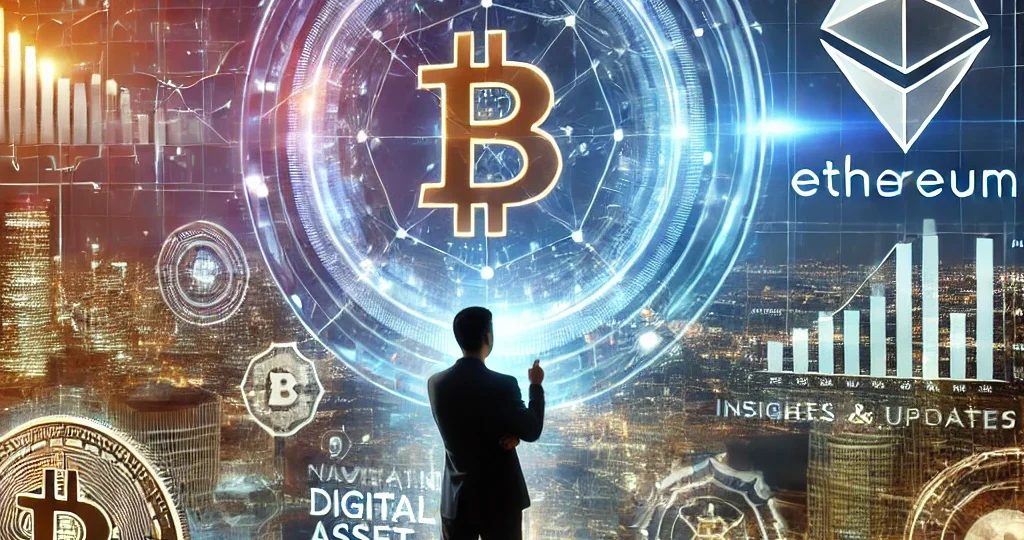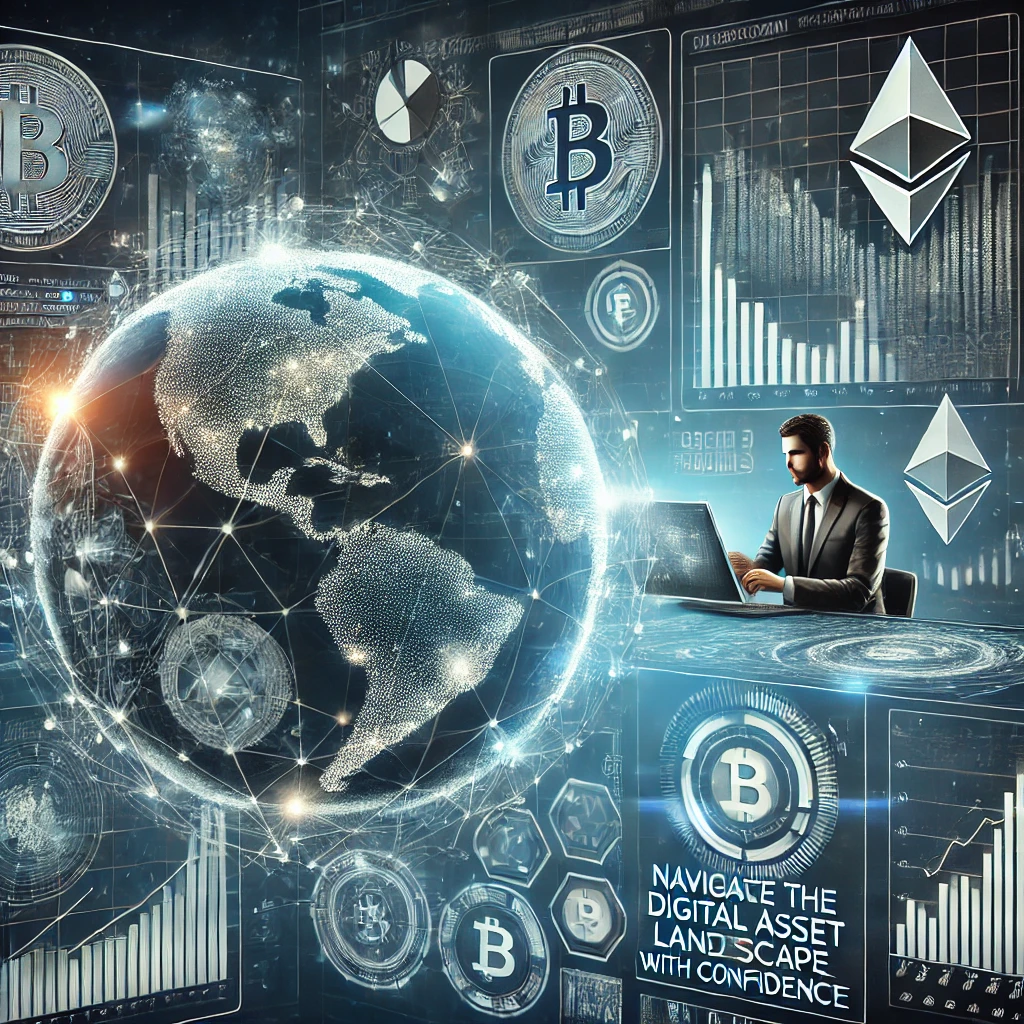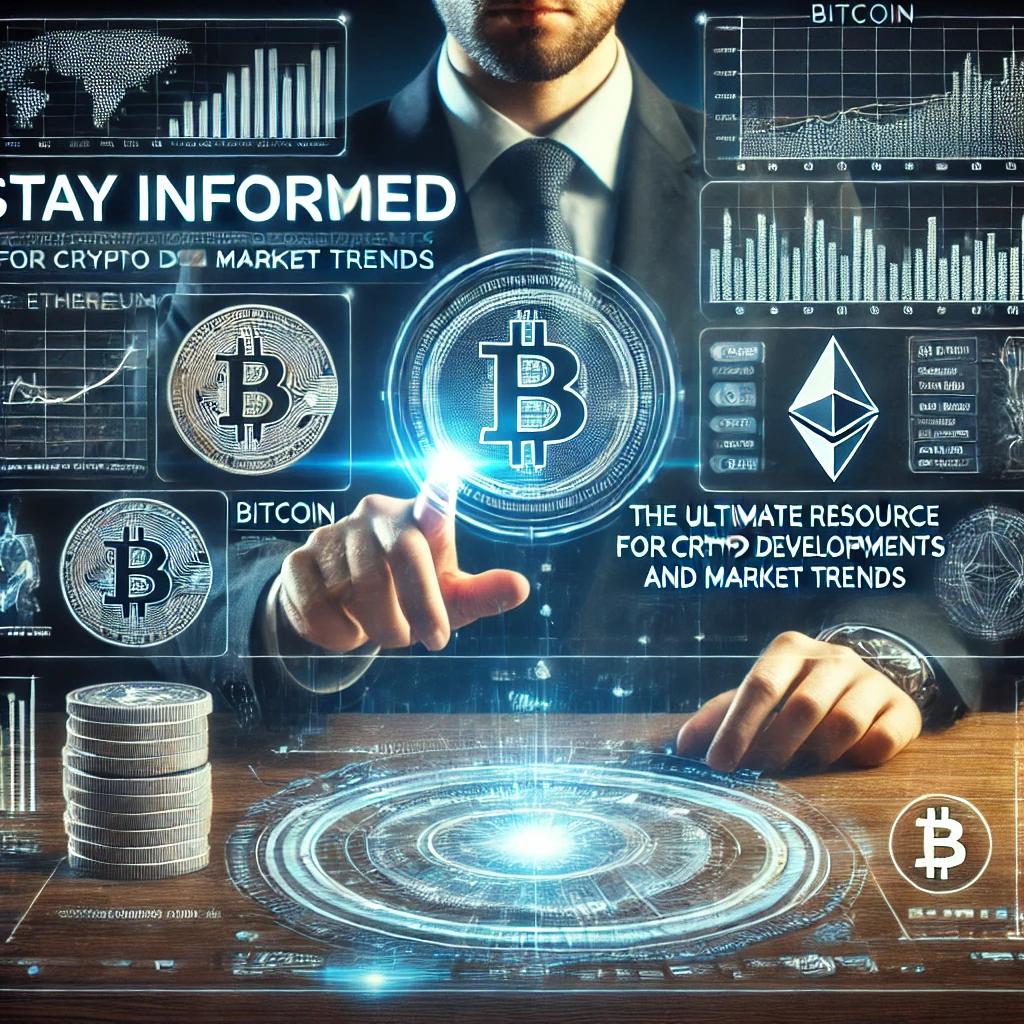Navigating the Digital Asset Landscape: Insights and Updates
March 13, 2025 | by 16squaresmaster@gmail.com

The digital asset landscape is evolving rapidly, with cryptocurrencies, blockchain technology, and decentralized finance (DeFi) reshaping global financial markets. Investors, traders, and blockchain enthusiasts must stay updated with the latest developments to make informed decisions.
From Bitcoin and Ethereum price trends to NFTs, regulatory updates, and Web3 advancements, the world of digital assets presents both opportunities and challenges. This guide provides key insights into market trends, investment strategies, and technological innovations driving the future of digital finance.
1. Understanding the Digital Asset Landscape
The digital asset ecosystem includes cryptocurrencies, stablecoins, tokenized assets, NFTs, and decentralized applications (dApps). These technologies are transforming how people interact with financial systems, ownership, and digital services.
1.1 The Role of Cryptocurrencies
Cryptocurrencies like Bitcoin (BTC), Ethereum (ETH), and altcoins serve various functions:
- Store of Value – Bitcoin is widely considered digital gold.
- Smart Contracts & dApps – Ethereum powers decentralized applications.
- Fast, Borderless Payments – Cryptos like XRP and Litecoin enable low-cost transactions.
📈 Market Insights:
- Bitcoin ETFs are gaining institutional support.
- Ethereum 2.0 has improved scalability and sustainability.
- Stablecoins (USDT, USDC) are bridging the gap between fiat and crypto.
1.2 Decentralized Finance (DeFi) and Web3
DeFi eliminates intermediaries in lending, borrowing, and trading, making financial services more accessible.
💰 Key DeFi Trends:
- DEXs (Decentralized Exchanges) like Uniswap & PancakeSwap offer direct peer-to-peer trading.
- Staking and Yield Farming generate passive income.
- Decentralized Lending Protocols (Aave, Compound) allow borrowing without banks.
Web3 expands decentralization beyond finance, aiming to create a user-controlled internet.
🔗 Web3 Innovations:
- Decentralized Social Media (Lens Protocol, Farcaster).
- Blockchain-Based Identity Verification.
- Interoperable dApps across multiple blockchains.
2. Market Trends and Developments
Understanding market trends helps investors identify opportunities and risks in the digital asset space.
2.1 Institutional Adoption of Crypto
Major financial institutions are investing in blockchain technology and digital assets.
🏦 Recent Institutional Moves:
- BlackRock’s Bitcoin ETF proposal signals growing institutional interest.
- Visa & Mastercard integrate crypto payments.
- Banks like JPMorgan and Goldman Sachs offer crypto custody services.
2.2 Regulatory Landscape and Compliance
Governments are developing regulatory frameworks to balance crypto innovation and investor protection.
📜 Recent Crypto Regulations:
- U.S. SEC vs. Crypto Exchanges – Stricter policies on security tokens.
- Europe’s MiCA Framework – Regulating stablecoins and exchanges.
- China’s Digital Yuan (CBDC) – State-backed digital currency adoption.
🌍 Countries Favoring Crypto Regulation:
- El Salvador & Bitcoin Legal Tender.
- UAE and Hong Kong establishing pro-crypto policies.
- EU’s push for comprehensive digital asset laws.
2.3 The Evolution of NFTs and Tokenized Assets
NFTs (Non-Fungible Tokens) go beyond digital collectibles, representing ownership of real-world assets like real estate, music rights, and gaming assets.
🎨 NFT & Tokenization Trends:
- Play-to-Earn (P2E) Gaming (Axie Infinity, The Sandbox).
- NFT-based Real Estate Transactions.
- Fractional Ownership of Luxury Assets via Blockchain.
3. Investment Strategies in the Digital Asset Space
Crypto markets are highly volatile, making investment strategies crucial for risk management and profitability.
3.1 Long-Term Holding (HODL)
Holding Bitcoin, Ethereum, and high-value altcoins is a proven strategy.
📌 HODL Insights:
- Bitcoin’s limited supply makes it a strong hedge against inflation.
- Ethereum’s smart contract dominance gives it long-term value.
- Layer 1 & Layer 2 projects (Solana, Avalanche, Polygon) offer scalability solutions.
3.2 Active Trading Strategies
Day trading, swing trading, and arbitrage opportunities exist in crypto.
📊 Technical Analysis Indicators:
- Moving Averages (MA, EMA) to identify price trends.
- Relative Strength Index (RSI) for overbought/oversold signals.
- Fibonacci Retracement Levels for potential support/resistance zones.
3.3 Diversification and Risk Management
Reducing risk through diversification is key in crypto investments.
💡 Risk Management Strategies:
- Portfolio Diversification: Hold a mix of Bitcoin, Ethereum, DeFi tokens, and NFTs.
- Stop-Loss & Take-Profit Levels to manage volatility.
- Cold Wallet Storage for long-term asset protection.
4. Emerging Technologies in the Digital Asset Space
4.1 AI and Blockchain Integration
AI-powered trading bots and blockchain security solutions are enhancing efficiency and automation.
🤖 AI Innovations in Crypto:
- AI-Driven Trading Algorithms for automated execution.
- Smart Contracts with AI Integration for self-learning contracts.
- AI-Based Fraud Detection in blockchain transactions.
4.2 Cross-Chain Interoperability and Layer 2 Scaling
Seamless transactions across multiple blockchains improve liquidity and adoption.
🔗 Cross-Chain Innovations:
- Polkadot & Cosmos enable blockchain communication.
- Ethereum’s Layer 2 Solutions (Polygon, Arbitrum, Optimism) reduce gas fees.
- Bridges like Wormhole connect Ethereum, Solana, and other chains.
4.3 The Growth of Decentralized Autonomous Organizations (DAOs)
DAOs empower community-driven decision-making in crypto projects.
📌 Major DAOs in Action:
- MakerDAO governs the DAI stablecoin.
- Aave DAO controls protocol upgrades in DeFi lending.
- ConstitutionDAO attempted to purchase a historical U.S. document.
5. How to Stay Updated on Crypto Trends
📢 Best Resources for Market Updates:
- News Platforms: CoinDesk, CoinTelegraph, Decrypt.
- Market Data: CoinMarketCap, CoinGecko, TradingView.
- On-Chain Analytics: Glassnode, IntoTheBlock, Santiment.
- Social Media & Community: Twitter, Telegram, Discord.
6. The Future of Digital Assets: What’s Next?
🚀 Upcoming Trends in Crypto:
- Mass adoption of Central Bank Digital Currencies (CBDCs).
- Greater institutional investments in DeFi protocols.
- Advancements in blockchain scalability and sustainability.
- Increased tokenization of real-world assets.
As blockchain technology continues to evolve, digital assets will become more integrated into mainstream finance, commerce, and governance.
Conclusion
Navigating the digital asset landscape requires continuous learning, risk assessment, and market awareness. By staying updated on crypto news, investment strategies, and emerging technologies, you can position yourself for long-term success in this fast-paced industry.
Whether you’re an investor, trader, or developer, embracing blockchain and digital assets today ensures you stay ahead in the decentralized future of finance.
🚀 The future is digital—stay informed, stay secure, and stay ahead!
RELATED POSTS
View all


